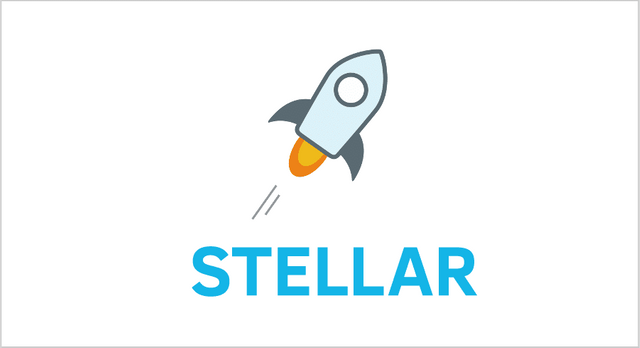What Is Stellar (XLM)?
Put simply, Stellar is an open network that allows money to be moved and stored. When it was released in July 2014, one of its goals was boosting financial inclusion by reaching the world’s unbanked — but soon afterwards, its priorities shifted to helping financial firms connect with one another through blockchain technology.
The network’s native token, lumens, serves as a bridge that makes it less expensive to trade assets across borders. All of this aims to challenge existing payment providers, who often charge high fees for a similar service.
If all of this sounds familiar, it is worth noting that Stellar was originally based on the Ripple Labs protocol. The blockchain was created as a result of hard fork, and the code was subsequently rewritten.
Who Are the Founders of Stellar?
Jed McCaleb founded Stellar with the lawyer Joyce Kim after leaving Ripple in 2013 over disagreements about the company’s future direction.
In explaining the rationale behind Stellar in September 2020, McCaleb told CoinMarketCap: “The whole original design of Stellar is that you can have fiat currencies and other kinds of forms of value run in parallel with each other and with crypto assets. This is super important to drive this stuff mainstream.”
McCaleb’s goal is to ensure that Stellar can give people a way of moving their fiat into crypto — and eliminate the friction that people normally experience when they are sending money around the world.
He currently serves as the CTO of Stellar, as well as the co-founder of the Stellar Development Foundation. This not-for-profit organization aims to “unlock the world’s economic potential by making money more fluid, markets more open, and people more empowered.”
What Makes Stellar Unique?
Fees are a sticking point for many. However, high costs when making cross-border payments aren’t just exclusive to fiat-based payments solutions such as PayPal — transaction fees have also been known to go through the roof on the Bitcoin and Ethereum blockchains because of congestion.
Stellar is unique because every transaction costs just 0.00001 XLM. Given how one unit of this cryptocurrency only costs a few cents at the time of writing, this helps ensure that users keep more of their money.
Few blockchain projects have managed to secure partnerships with big-brand technology companies and fintech firms. A few years ago, Stellar and IBM teamed up to launch World Wire, a project that allowed large financial institutions to submit transactions to the Stellar network and transact using bridge assets such as stablecoins.
Although other blockchains have community funds, meaning that grants can be given to projects that help further the ecosystem, Stellar allows its users to vote on which ventures should be given this support.
Related Pages:
Find out more about XRP, the cryptocurrency XLM forked from
Read the Crypto Titans interview with Stellar’s Jed McCaleb
CMC Alexandria: The best educational resource for crypto
Plenty more interviews on the CoinMarketCap Blog
How Many Stellar (XLM) Coins Are There in Circulation?
A total of 100 billion XLM were issued when the Stellar network launched in 2015 — but things have changed since the release date. At present, the total supply stands at 50 billion XLM, and the circulating supply is currently 20.7 billion.
In 2019, the Stellar Development Foundation announced that it was burning over half of the cryptocurrency’s supply. This means that it now controls approximately 30 billion XLM. While some of this capital is earmarked for marketing and helping the organization develop, about one third is reserved for making investments in other blockchain ventures.
Explaining why it took this drastic move — and promising not to burn any more XLM in the future — the foundation explained: “SDF can be leaner and do the work it was created to do using fewer lumens… Those 55.5 billion lumens weren’t going to increase the adoption of Stellar.”
How Is the Stellar Network Secured?
This network is secured using the Stellar Consensus Protocol, which is described as having four main properties: “Decentralized control, low latency, flexible trust, and asymptotic security.”
Through SCP, anyone is able to join the process of achieving consensus, and no single entity can end up with the majority of decision-making power. Transactions are also confirmed cheaply and within a few seconds — and safeguards are in place if bad actors attempt to join the network.
Where Can You Buy Stellar (XLM)?
It is possible to buy Stellar from a wide range of top exchanges - including Binance, Coinbase, Kraken, Bittrex, Bitfinex, Upbit and Huobi. It’s also common to convert fiat into Bitcoin before purchasing altcoins, and you can find out more about how this is done with our guide.
